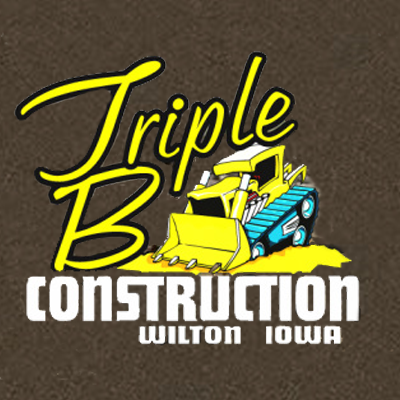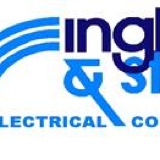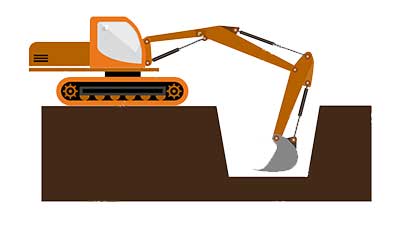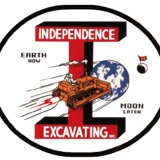Title Page
-
Project name
-
Project Location
-
Job Description
-
Competent Person
-
Date
-
Approx. Temperature
-
Excavation Depth & Width
-
Soil Classification
-
Job Foreman
GENERAL
-
The location of the excavation is marked by barricades or other signs
-
A competent person inspects the trench prior to the start of the shift
-
Soil type is classified. Company policy requires that soil type is classified as Type C
-
All employees are wearing proper safety equipment
-
The jobsite is free of unnecessary obstacles and good housekeeping is enforced
-
An emergency response program is in place - DIAL 911 then call Brad 319-631-0320
UTILITIES
-
Utility company contacted & given 48 hours' notice & utilities are located and marked
-
Overhead lines located, noted, and reviewed with the operator
-
Utility locations reviewed with the operator & precautions taken to ensure contact does not occur. All utilities are potholed and exposed by hand or vacuum
-
Utilities crossing the excavation are supported and protected from falling materials
-
Underground installations protected, supported or removed when excavation is open
ENTRY & EXIT
-
Manufacturer's data on trench box capabilities on site
-
Sloping system is designed per OSHA requirements
-
Hydraulic shoring system is designed per OSHA requirements
-
Shielding system is designed per OSHA requirements and shields are free from damage or defects
-
When a combination of sloping and shielding is used, the shield must extend 18 inches above the bottom slope of the excavation
-
Spoils, materials & equipment are set back at least 2 feet from the edge of the excavation
-
Employees are protected from loose material which could fall into the trench
-
Employees are protected from cave-ins when entering and exiting the shield
-
A ladder is provided and secured in trench 4 or more feet deep; top of ladder extending at least 36 inches above the edge of trench
-
A ladder is within 25 feet of all employees working in trench
-
Employees working below other employees in the trench are protected from hazards (Hard hats)
WET CONDITIONS
-
The trench is inspected by the competent person following any environmental change
-
The trench is free of standing water
-
Precautions taken to protect employees from water accumulation (continuous dewatering)
-
Diversion ditches or dikes are in place to prevent surface water from entering the trench
-
The proper water removal equipment is operating under the guidance of a competent person
HAZARDOUS ATMOSPHERES
-
Test air quality in trench if a hazardous atmosphere is suspected
-
If air tests positive for contaminants, ventilation or respiratory protection is in use
-
Note other conditions:
-
Note: Trenches over 5 feet in depth are considered excavations. Any items marked "No" on this form MUST be remediated prior to any employees entering the excavation.
COMPLETION
-
Competent Person Signature
-
Job Foreman Signature











